3 Tips for Keeping Your Dog’s Teeth Clean
by dogtoysadvisor
We only review products we tested ourselves. We have affiliate partnerships, so we get a share of the revenue from your purchase.
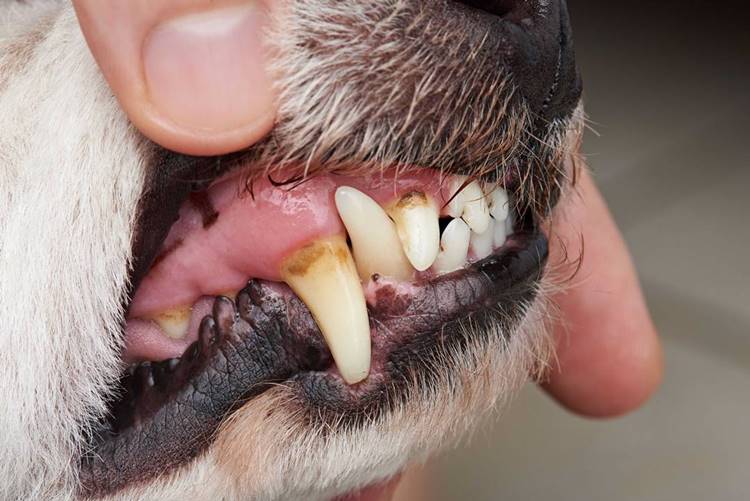
Dental health is a big deal for us and we write about it often. We’ve learned from personal experience how important it is for a dog’s health and how bad it can get when you neglect it.
Does your dog have really stinky breath? A few brown stains on his teeth? Maybe a yellow hard cover over his back teeth? Does he bleed when he chews?
If your answer is yes, you need to read this.
Why dental issues are so bad for your dog
The pain and bleeding they experience go without saying.
If you notice your dog eating less already or if you notice blood stains on his chew toys or his bed, know that it will only get worse.
Ultimately, it’s just like for us humans: rotten teeth fall off and dental bacteria can spread to the blood circulation, meaning possible life threatening infections.
Overall, a list of things you wouldn’t want your beloved best friend to have to go through if you can help it.
The 4 tell-tale signs your dog is in dental trouble
There are several ways to tell if your dog has dental issues that need to be addressed.
The most obvious one is when there’s a yellow plaque covering his teeth. Look particularly into his back teeth. If you see something attached to the teeth that isn’t supposed to be there, it’s probably plaque.
If you notice blood on your dog’s chew toys, not just once or twice but pretty much every time he chews them, it means his gums are bleeding, another big sign of mouth issues.
If you offer your dog something delicious and you notice he’s having a hard time eating it, it means he’s in pain.
Last, if your dog’s breath is very bad, something died inside his mouth-bad, you’ll know he’s developing some sort of dental disease.
When your dog presents any of the factors mentioned above, it’s time to take action.
Our story
We adopted Dobby when he was about one year-old. We knew he’d had a very hard start to life but he looked pretty healthy, aside from being really skinny, which quickly changed with all the treats and food we gave him.
As we began noticing plaque buildup on his teeth, we didn’t think too much of it, he was so young, we only heard of dental issues with older dogs.
Being very inexperienced dog parents, we made so many mistakes and had such lack of information available that we did much more harm than good.
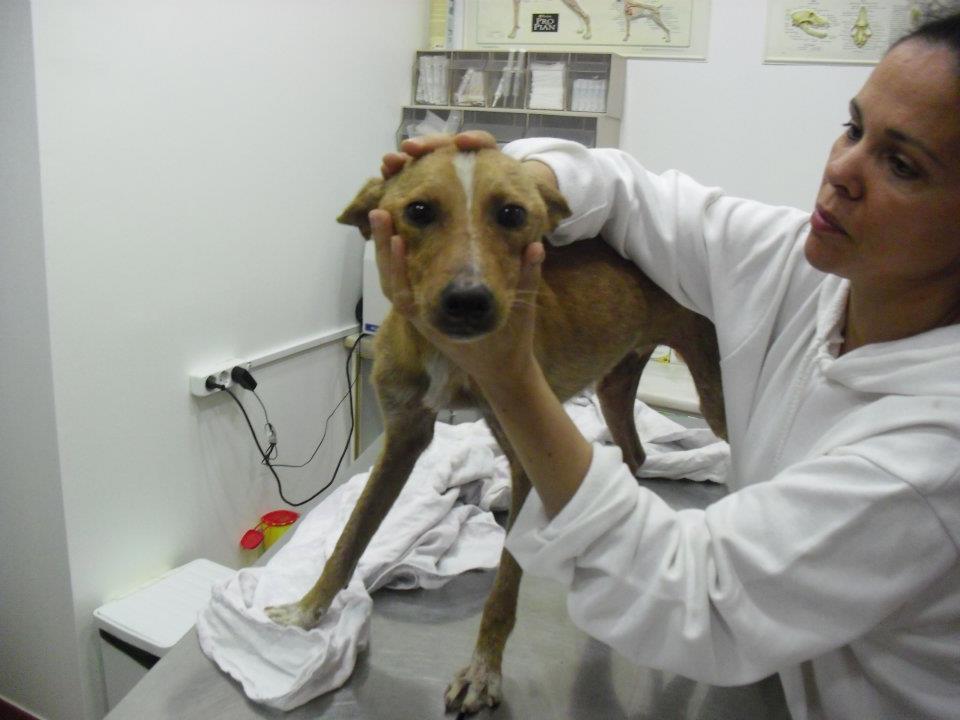
One day we noticed Dobby wasn’t eating as fast as he used to and things escalated to the point where he was bleeding every time he chewed on his chew toy.
In the meantime, we consulted vets, tried all sorts of products and even began brushing his teeth.
But it was just too late for him.
Dobby had no other choice but surgery
When he was about 4 years old, we finally decided to schedule the plaque removal procedure and in that procedure we discovered he’d already lost three teeth to plaque-related decay.
We were gutted!
It was our responsibility to take care of him and all the food and treats we gave him and the lack of dental health actually caused him to have rotten teeth, horrible breath and, we can only imagine, lots of pain.
We had to do something
That was the day we decided things would be very different from then on.
Most owners think that one procedure is enough to solve the problem, but if your dog has a tendency for plaque buildup, if you don’t make any changes after it, plaque will return sooner rather than later.
What we did to save our dog’s teeth
After speaking to experienced vets, and doing a lot of research, we created a three step plan for Dobby (and Tommy and Coco, our two Jack Russell we adopted later, of course, we knew better by then).
Step 1 – Dental Hygiene
Tooth Paste! That’s right, dogs need to brush their teeth too! Use your finger or a very soft brush and a tasty tooth paste to gently rub the back teeth and gums.
If your dog won’t have it, don’t despair, there are enzymatic tooth pastes that work pretty well even if you can’t brush his teeth. Just give it to him to lick, the enzymes with the saliva will do the rest.
Most vets recommend it and, by far, the one we saw the most results with is this:
Step 2 – Chew Chew Chew
Chews! Long gone are the days chews worsened the problem.
Nowadays, there are a couple of healthy, low carb, tasty chews for your dog that will help keep his mouth fresh and healthy.
After a ton of research and our vet’s advice, we found Veggie Dent really keeps its promise of removing plaque and tartar. We started noticing great results after just a couple of weeks.
Gluten and animal-protein free, our dogs love its taste. At the same time, even while feeding them one a day, it doesn’t upset their stomaches or intestines like some of the others we’ve tried.
Step 3 – Chew Some More
Chew Toys! Chewing is a great way to massage the gums and remove any food residues from your dog’s teeth. Pick one he loves but with lots of grooves and edges to really get to those tight spots in your dog’s mouth.
There are a few chew toys our dogs love and use often. Here is our suggestion:
How we know it works
What happened to Dobby doesn’t need to happen to your dog.
If you take the matter seriously and take preventive measures, you’ll be able to manage plaque and never allow it to form around your dog’s teeth.
We’re very proud to say that after 3 years since Doby’s surgery he has had very healthy teeth, no problems in sight.
Not only that, but the steps we took since then made a World of difference for Tommy and Coco.
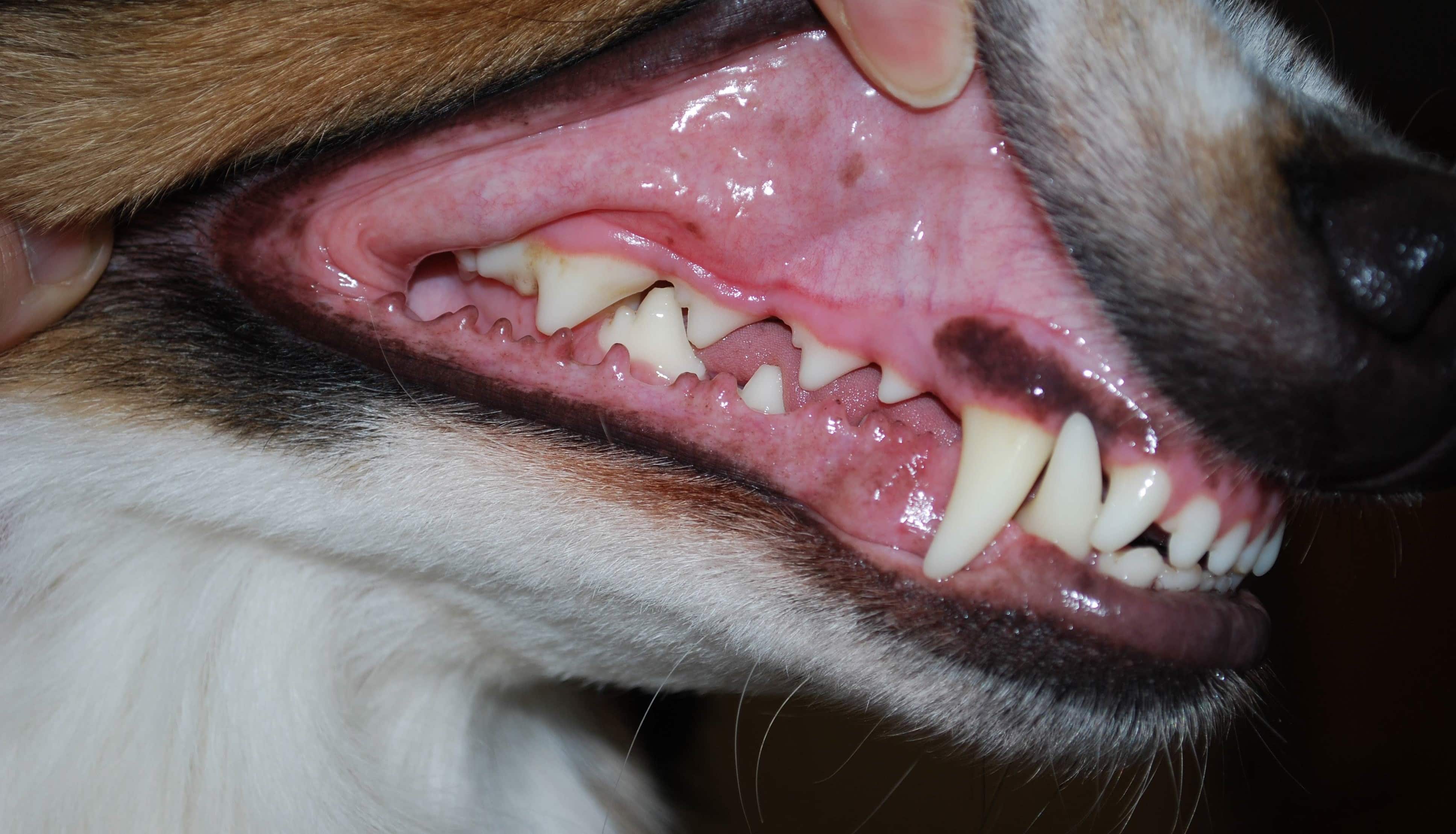
Because we applied that strategy from the start their teeth are impecable! No stains, no plaque, no bad breath and their gums look healthy.
Don’t wait until you start noticing stains and plaque on your dog’s teeth to do something about it. Prevention is key.
Combining a good tooth paste with the best chews and adding chew toys they love is the key for healthy teeth and gums.
We know that, for our dogs, it made all the difference. If only we’d learned about it sooner.
Affiliate links / Images from Amazon Product Advertising and iStock
See Also:

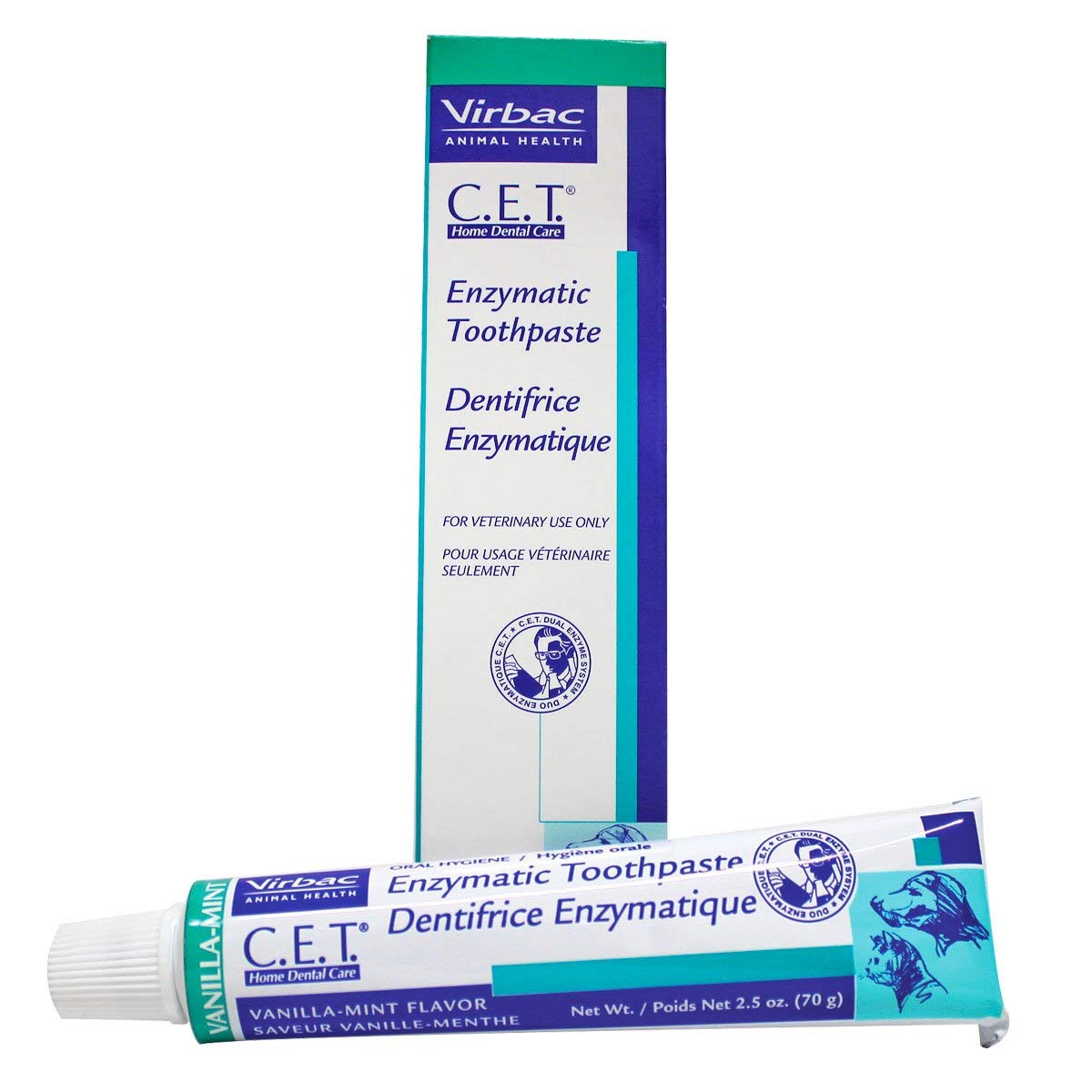
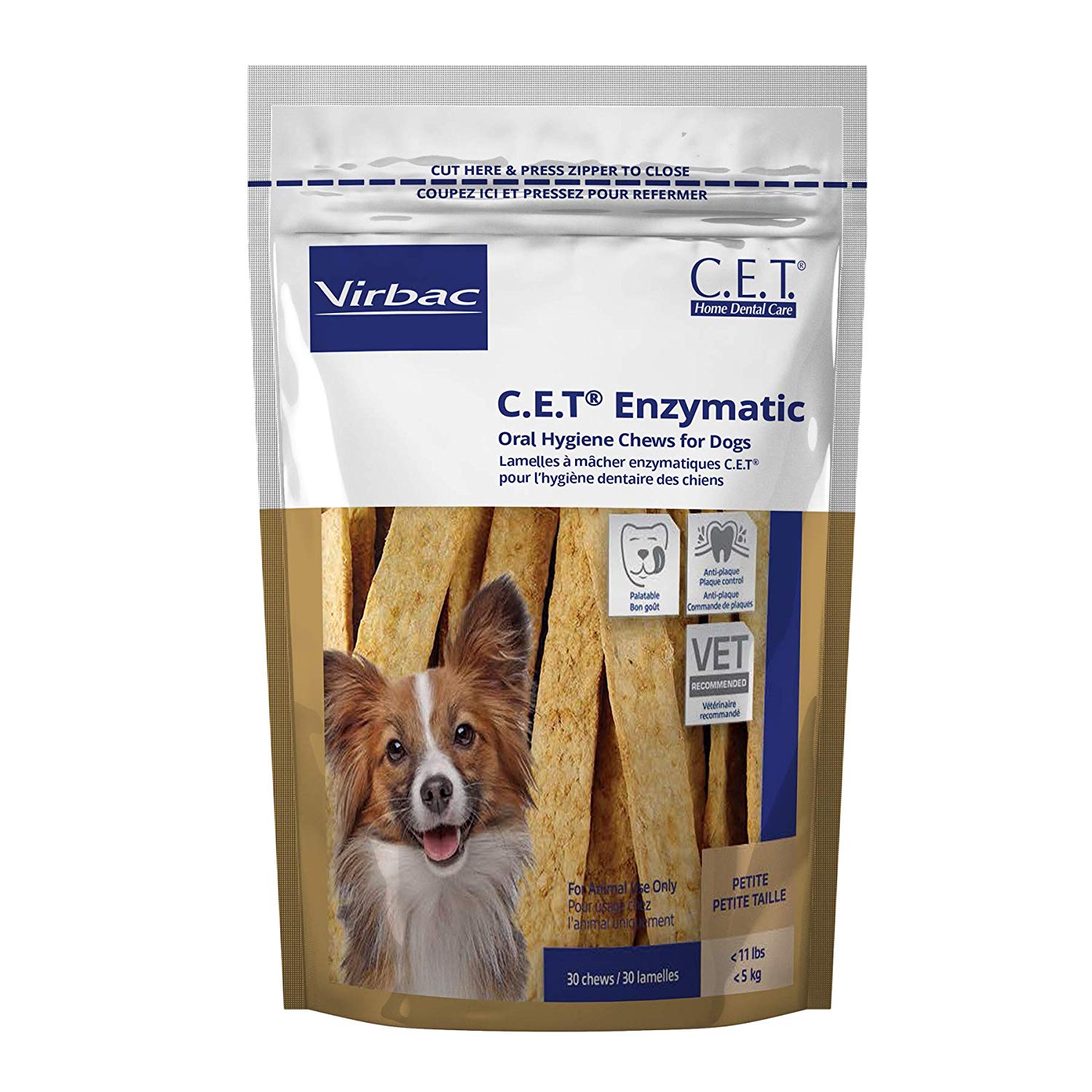
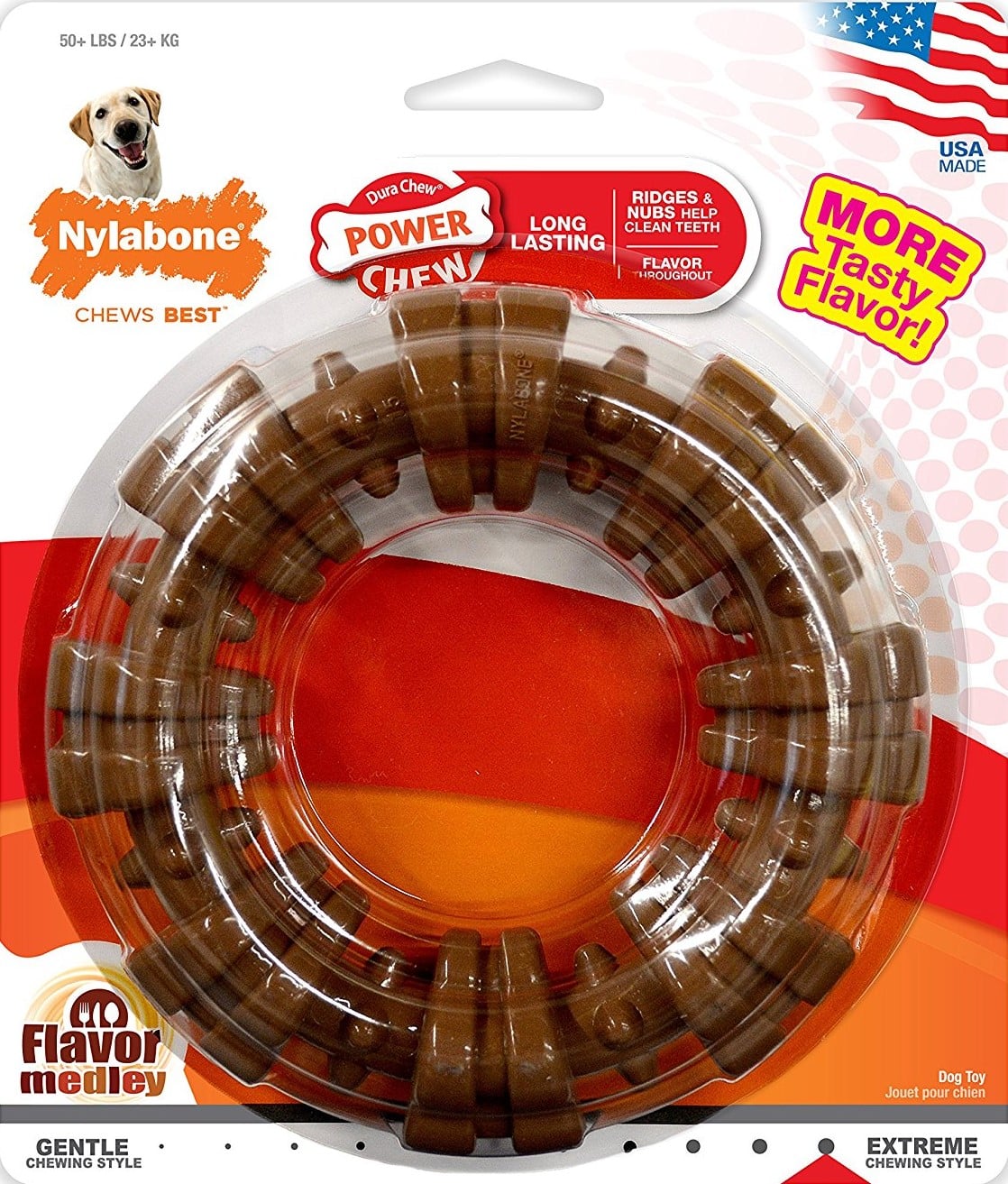


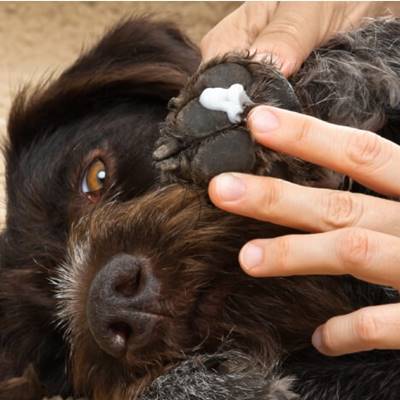




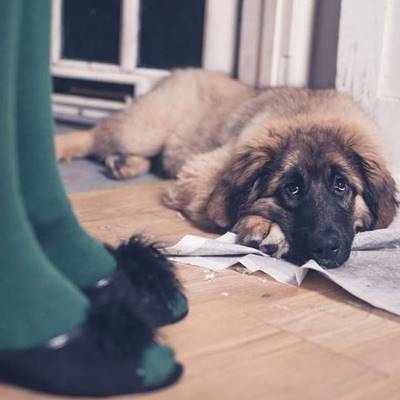

0 Comments